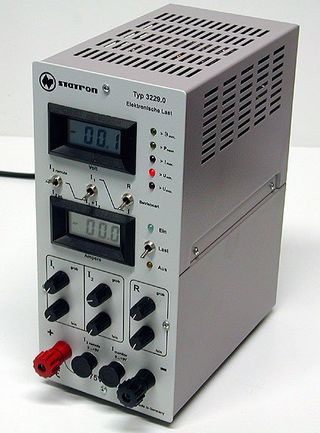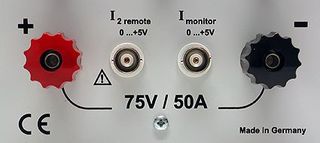How THG Tests Power Supplies
Performance, Continued
The Design Guide specifies three power classes for every power supply. The lowest range is "light load", a very low level defined as being 20% of full capacity; this might be representative of the idle condition when a PC displays the Windows desktop. At this load, the output voltages are measured immediately upon power up, and also 30 minutes later. This second measurement is needed because when the components inside heat up, the voltages often vary in tight ranges.
The second power class is when half of the total operating performance is requested; this is called "medium load". Here too, the voltages are measured immediately after the new power setting, and then again after a short time.
The third level is the "full load" test, which demands the total promised performance with all voltage rails loaded to maximum. This is where we separate the wheat from the chaff and force the power supply to show what it's really made of. The voltages are again measured immediately and after around 30 minutes.
Ripple voltage, defined as the ratio of alternating voltage to output voltage, is also measured, and an oscilloscope displays the voltage graphically. The fixed ranges are also listed in the Power Supply Design Guide.

The heart of the THG test platform: Electronic load from Statron

Each load can handle up to 50 amperes
Stay on the Cutting Edge
Join the experts who read Tom's Hardware for the inside track on enthusiast PC tech news — and have for over 25 years. We'll send breaking news and in-depth reviews of CPUs, GPUs, AI, maker hardware and more straight to your inbox.
Most Popular

